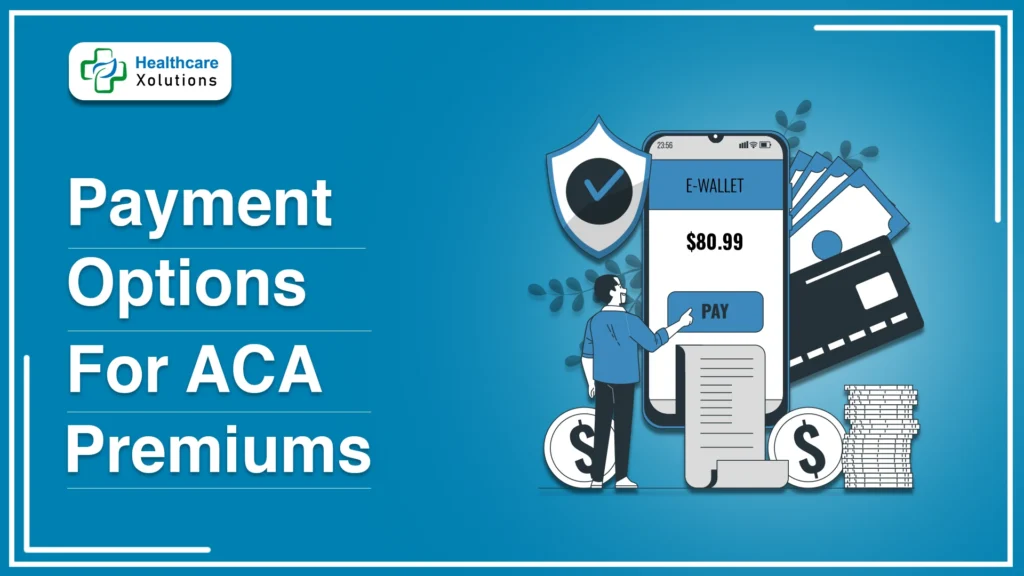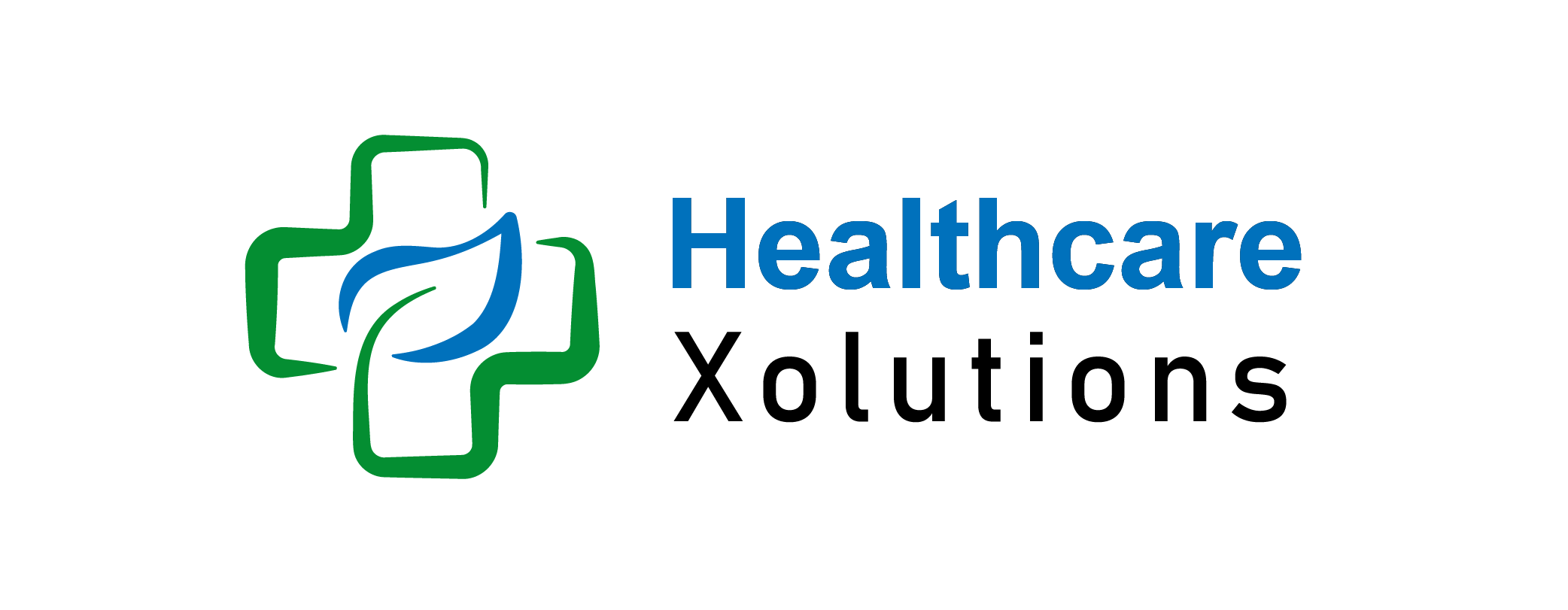Payment Options for ACA Marketplace Premiums: What You Need to Know

Navigating the Affordable Care Act (ACA) Marketplace can be daunting, especially when ensuring timely premium payments. As of 2024 stats revealed by Oliver Wyman , ACA Marketplace enrollment reached a record high of over 21 million individuals, reflecting a 30% increase from the previous year. This surge is attributed to enhanced subsidies and expanded eligibility criteria, making health insurance more accessible. Looking ahead, the Congressional Budget Office projects that, without legislative action, ACA enrollment could decline to approximately 18.9 million by 2026 due to the expiration of these enhanced subsidies.
This article explores payment options for ACA premiums, offering insights to help you manage premiums effectively.
Key Takeaways:
- Diverse Payment Options: ACA Marketplace offers multiple payment methods, including EFT, credit cards, checks, money orders, online portals, and phone payments.
- Automatic Payments Prevent Lapses: Setting up EFT ensures on-time payments, reducing the risk of coverage interruptions.
- Credit Card Restrictions: Not all insurers accept credit cards due to processing fees; verify with your provider.
- Subsidies Reduce Costs: Premium subsidies significantly lower monthly costs for qualifying individuals.
- Grace Period Awareness: Missing payments activates grace periods; terms vary by state and insurer.
- Payment Due Dates Differ: Tracking payment schedules prevents accidental lapses in coverage.
Table of Contents
What Are ACA Marketplace Premiums?
ACA Marketplace premiums are monthly payments for health insurance plans purchased through the ACA’s Health Insurance Marketplace. Premium costs vary based on age, location, income, family size, and plan type. Subsidies such as premium tax credits help eligible individuals reduce these costs, making health insurance more affordable.
For 2024, changes to federal poverty guidelines may increase subsidy eligibility, offering more families access to reduced premium costs. According to the Centers for Medicare & Medicaid Services (CMS), these adjustments ensure health plans remain affordable for low-to-moderate-income families.
6 Best Payment Options For ACA Premiums:
1. Automatic Bank Drafts or Electronic Funds Transfer (EFT):
This method ensures monthly payments are withdrawn from your account automatically. It’s a reliable option to avoid late payments, provided funds are available.
- Considerations: Monitor your account balance to avoid overdraft fees.
- Benefits: Prevents coverage lapses, saves time.
2. Credit and Debit Cards:
Ideal for managing finances through credit or earning rewards. However, some insurers only accept credit cards for the first premium or exclude this method due to fees.
- Tip: Confirm with your provider before relying on this option.
3. Paper Checks or Money Orders:
Traditional but effective for those without digital access. Timeliness is crucial to ensure checks arrive by due dates.
- Pro Tip: Always include your account number on checks or money orders.
4. Online Payment Portals:
Most insurers provide portals to streamline payments, update account details, or review payment history. Options often include EFT, debit, or credit card payments.
- Advantage: Accessible 24/7 and highly secure.
5. Payment by Phone:
Call your insurer’s dedicated number to make payments directly. This method suits individuals less comfortable with online systems.
- Process: Payments are often made via automated systems or representatives.
6. In-Person Payments:
Local insurers might offer office payment options, though this method is less common.
- Best For: Those who prefer face-to-face transactions.
Tips For Smooth Payment Process:
- Stay Informed: Always keep track of payment due dates and the billing process of your insurer. Setting reminders a few days before the due date can help avoid missed payments.
- Verify Payment Receipt: After making a payment, ensure that your insurer has received it by checking your online account or contacting customer service. This will help avoid any discrepancies that could lead to a lapse in coverage.
- Understand the Policies: Familiarize yourself with the policies related to payment reversals, late payments, and grace periods. Knowing these can help manage your payments more effectively and avoid unintended cancellations.
Conclusion – Payment Options For ACA Premiums:
Choosing the best payment option involves balancing convenience, reliability, and personal preferences. Staying proactive by tracking due dates, verifying payments, and understanding insurer policies is key to uninterrupted health coverage. As ACA subsidies expand in 2024, managing premiums effectively becomes even more important for millions of enrollees.
FAQs:
How to pay for health insurance on your own?
You can pay via EFT, credit/debit cards, checks, or phone, depending on your insurer. Setting up automatic payments ensures consistency.
Who qualifies for the premium tax credit?
Households earning 100%-400% of the federal poverty level may qualify, with adjustments for income and family size in 2024.
Can you pay health insurance premiums with a credit card?
Some insurers accept credit cards, typically for the first premium. Check with your insurer as policies vary.
How are health insurance premiums paid?
Payments can be made via EFT, online portals, checks, phone, or in person, depending on insurer options.
